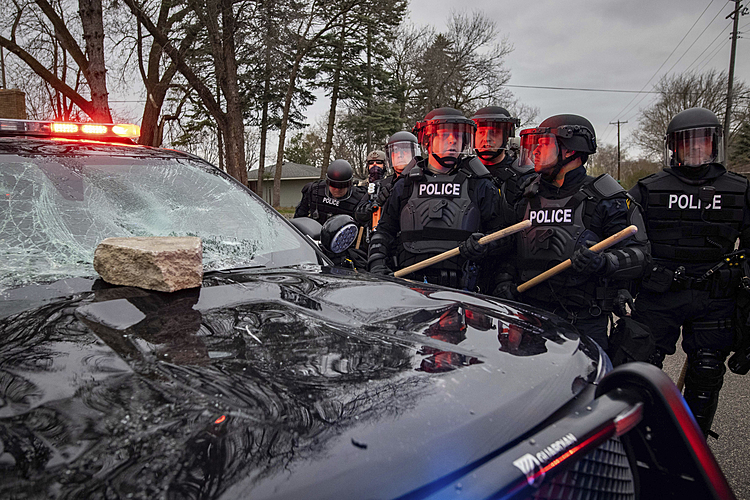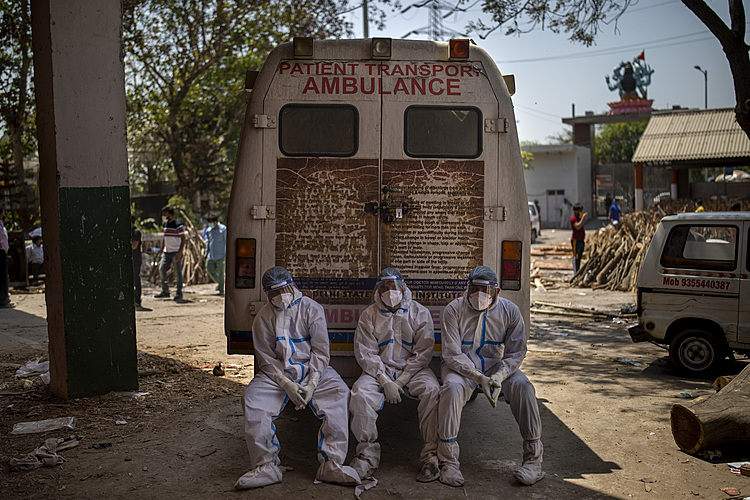Weather slows wildfire near California's giant sequoia trees
THREE RIVERS, Calif. (AP) — Cooler weather on Friday helped crews trying to keep California wildfires away from a grove of gigantic ancient sequoias, including the world's largest tree, nestled in a national park.
Unlike raging wildfires that have burned vast swaths of the drought-stricken U.S. West this summer, the blazes in Sequoia National Park were not explosive. Flames were about a mile (1.5 kilometers) from the famous Giant Forest, a grove of some 2,000 massive sequoias on a plateau high in the Sierra Nevada.
“It’s been slow growth,” fire information officer Katy Hooper said.
Lower temperatures and a layer of smoke blanketing the area have been suppressing the flames.
Firefighters have placed a fire-resistant aluminum wrapping around the base of the General Sherman Tree, the world's largest by volume at 52,508 cubic feet (1,487 cubic meters), as well as some other trees and buildings.
The material can withstand intensive heat for short periods and has been used in national parks and forests for several years throughout the West to protect sensitive structures from flames.
A major element of the grove's defense is decades of prescribed burns — fires intentionally set to clear the forest floor of vegetation that could feed bigger blazes — and thinning projects to remove small trees that could become ladders carrying fire up to the crowns of the giants.
A fire in the region last year killed thousands of sequoias, which grow as tall as high-rises at certain elevations on the western slope of the Sierra Nevada.
“This is a beautiful, open, park-like forest,” fire spokesman Mark Garrett said.
But a historic drought tied to climate change is making wildfires harder to fight. Scientists say climate change has made the West much warmer and drier in the past 30 years and will continue to make weather more extreme and wildfires more frequent and destructive.
Lightning ignited two fires in the park on Sept. 9, officials said. The Colony Fire, closest to the Giant Forest, has grown to just under 5 square miles (13 square kilometers). The Paradise Fire has scorched nearly 13 square miles (34 square kilometers).
More than 400 firefighters were assigned to the blazes, which are being collectively managed as the KNP Complex. More resources have been requested, Hooper said.
To the south, the Windy Fire grew to nearly 11 square miles (28 square kilometers) on the Tule River Indian Reservation and in Giant Sequoia National Monument, where it has burned into one grove of sequoias and threatens others. Difficult terrain has prevented officials from assessing damage to the big trees.
Sequoia National Park is the second natural jewel to be threatened by wildfires in less than a month.
Lake Tahoe, the blue alpine lake perched high in the mountains on the California-Nevada line, was threatened by the explosive Caldor Fire until firefighters stopped its destructive march. Containment there has reached 71%.
Meanwhile, a big change in weather was taking shape in parts of the drought-stricken, fire-scarred West.
Forecasters said a storm heading in from the Pacific would bring rain to the Pacific Northwest and parts of Northern California through the weekend. The rain was not expected to come as far south as Sequoia National Park.











